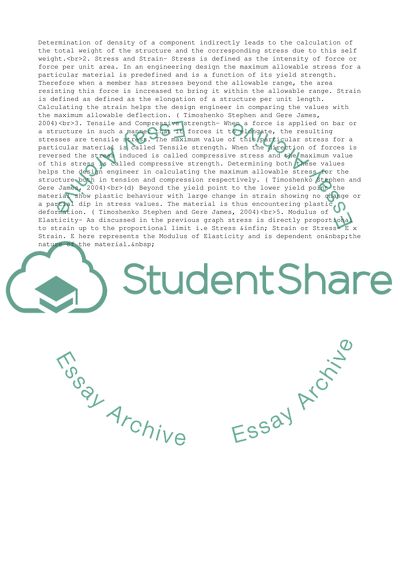Cite this document
(Material Properties and Experiment Using Round Piece of Mild Steel Assignment - 1, n.d.)
Material Properties and Experiment Using Round Piece of Mild Steel Assignment - 1. Retrieved from https://studentshare.org/business/1748286-materials
Material Properties and Experiment Using Round Piece of Mild Steel Assignment - 1. Retrieved from https://studentshare.org/business/1748286-materials
(Material Properties and Experiment Using Round Piece of Mild Steel Assignment - 1)
Material Properties and Experiment Using Round Piece of Mild Steel Assignment - 1. https://studentshare.org/business/1748286-materials.
Material Properties and Experiment Using Round Piece of Mild Steel Assignment - 1. https://studentshare.org/business/1748286-materials.
“Material Properties and Experiment Using Round Piece of Mild Steel Assignment - 1”, n.d. https://studentshare.org/business/1748286-materials.


